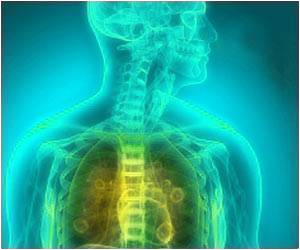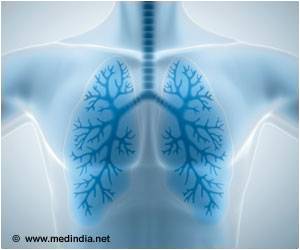
UCSD pioneered PTE in the 1970s for patients who suffered from chronic thromboembolic pulmonary hypertension (CTEPH). During PTE, surgeons put a patient on a heart-lung machine, cool the body to reduce its need for oxygen and then turn the machine off for up to 20 minutes so they can remove clots and scar tissue from the patient's arteries.
Because of the procedure's complexity, it has been used, until recently, only to help patients whose pulmonary thromboembolic disease causes severe hypertension and has not responded to other therapies. "Over the past five years, an increasing number of patients with symptomatic chronic thromboembolic disease, without severe pulmonary hypertension, are being offered and choosing to undergo the surgery, said lead investigator Daniel Crouch, MD, a third-year pulmonary and critical care fellow at UCSD."
"These patients have symptoms that create a major burden in their lives. However, given that they do not have severe pulmonary hypertension and cardiac dysfunction, the benefits of the surgery must greatly outweigh the risks." "In a retrospective chart review of patients who underwent PTE at UCSD between July 2010 and June 2013, Crouch found that 64 subjects had pre-operative pulmonary resistance values (PVRs) less than 300 dyn∙/cm5 and 355 patients had PVRs above 300dyn∙/cm5." (The value is used at UCSD as a guide to identify patients with severe and non-severe pulmonary hypertension.) In the UCSD study, both groups had similar mean age and gender composition, while the body mass index (32.57 vs 30.18) was higher in the low PVR group.
Crouch and his colleagues found that those in the low PVR group had lower mortality (0 vs. 1.1%) and fewer complications, including delirium (7.8% vs. 14.9%), pneumonia/tracheobronchitis (6.3% vs. 15.5%), and a statistically significant lower rate of reperfusion lung injury (7.8% vs. 25.9%), The low PVR group also experienced statistically significant recoveries, with less time spent on the ventilator (1.7 vs. 3.2 days), in the ICU (4 vs. 5.8 days) and in the hospital (13 vs. 16.3 days). Anecdotally, Crouch added, patients in the low PVR group showed "great benefit" in follow up visits. Nonetheless, the program is conducting a follow-up study to evaluate formally improvement in their functional status and quality of life. With higher (BMI) and a higher rate of simultaneous coronary artery bypass grafting (9.4% vs. 15.5%), he said, those in the low group may have other factors that contribute to their symptoms before surgery.
"Although pulmonary thromboendarterectomy is the procedure of choice for CTEPH, there are important questions to answer before it can be considered the treatment of choice in the low PVR patient population," Crouch said. "As with anything we offer patients, we want to prove it's the best therapy."
Advertisement










